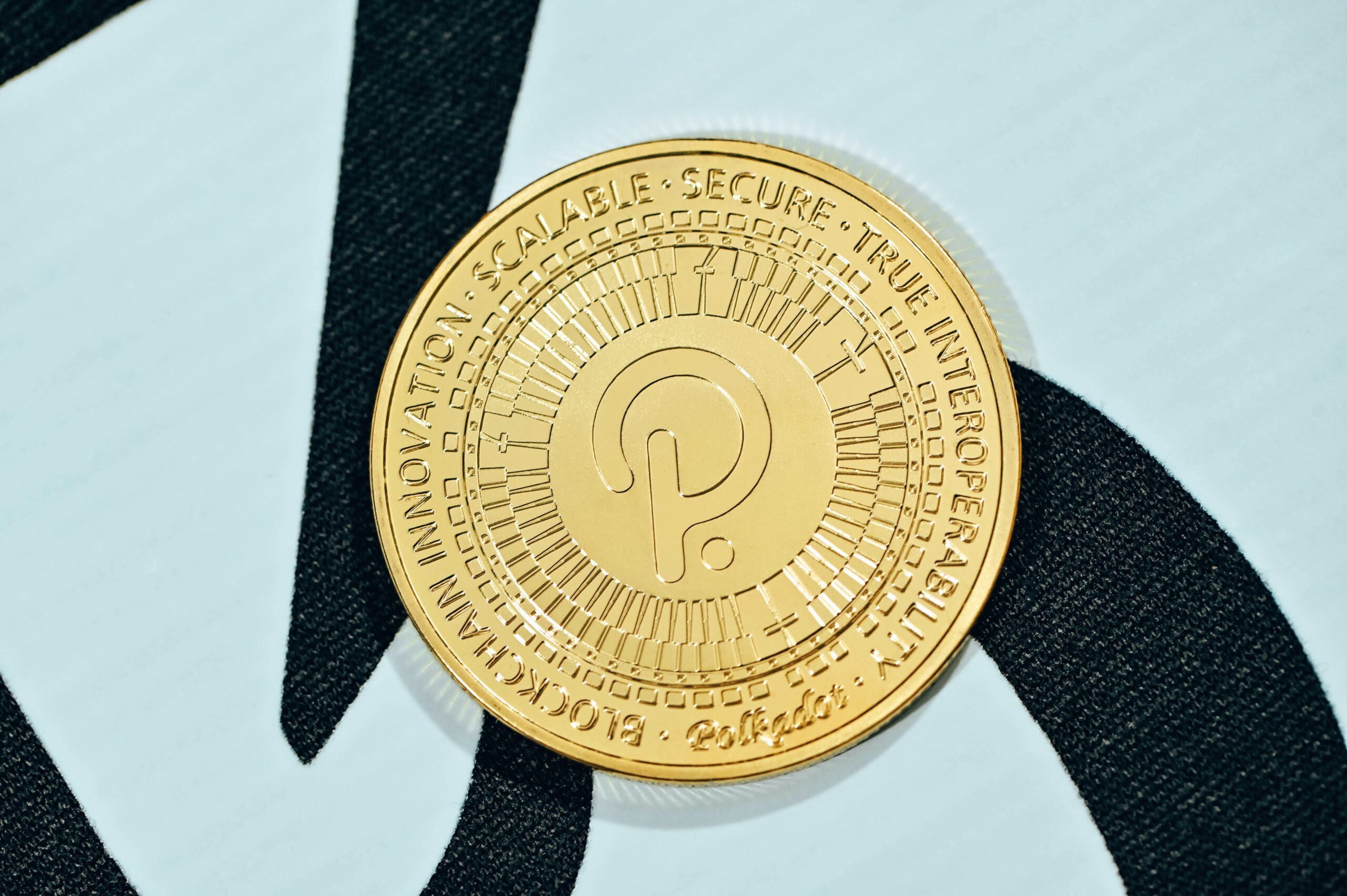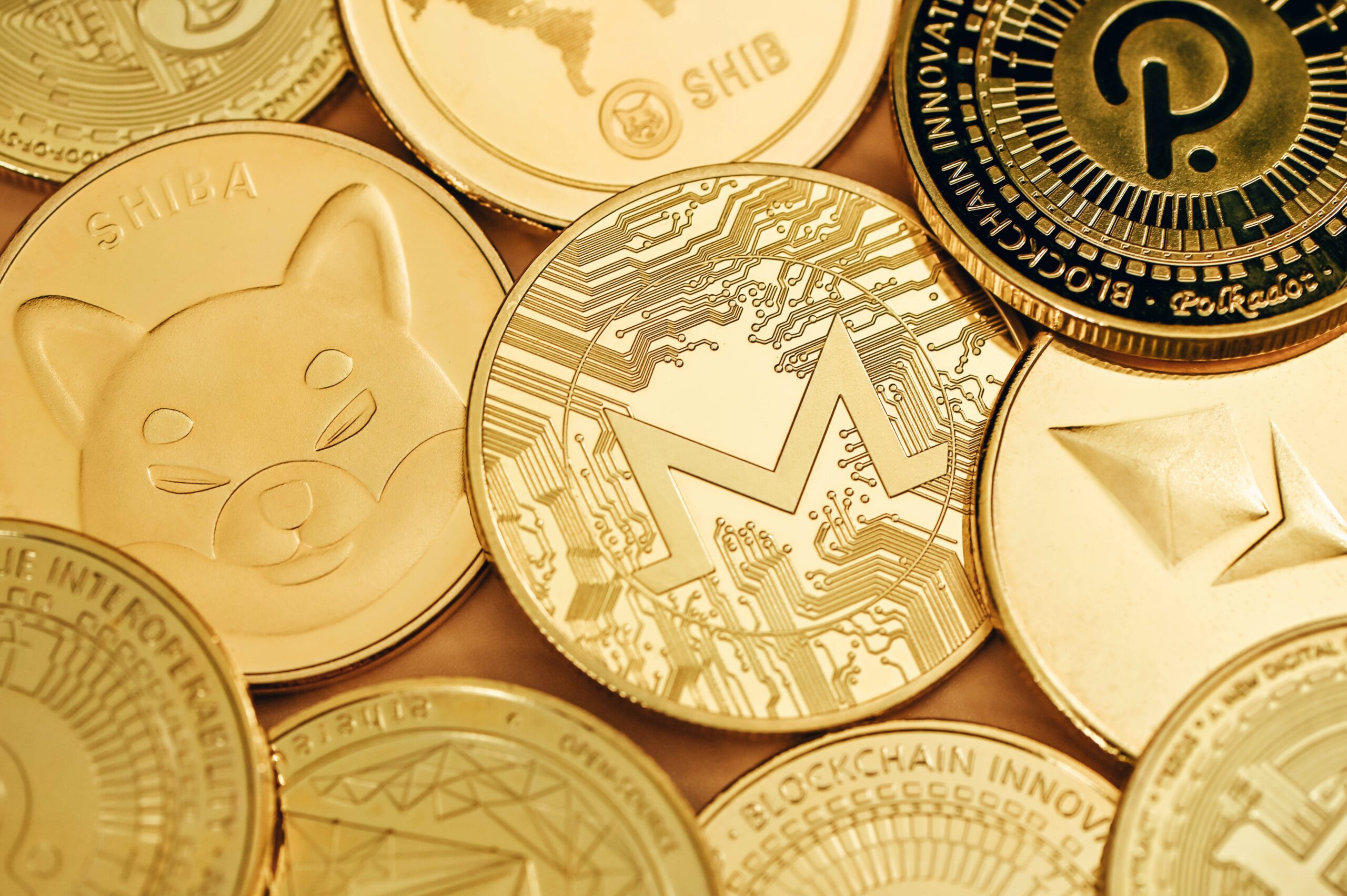
Polkadot (DOT) is a multichain blockchain whose goal is to connect different blockchains in the crypto ecosystem and make them one unified network. The goal of Polkadot is pretty ambitious, as it technically removes the need for bridges and other protocols for people to transact on other chains.
History Of Polkadot

The idea for Polkadot (DOT) was conceived in 2016, and Gavin Wood, a co-founder of Ethereum, led its development. While at Ethereum, Wood was a core member of the team and was a chief training officer of the Ethereum protocol.
Sponsored
He was also instrumental in developing the Solidity smart contract programming language, a vital aspect of Ethereum’s protocol.
In 2016, Wood left Ethereum for different reasons. Chief amongst them is that he didn’t think Ethereum was doing enough to decentralize crypto. He believed Ethereum had just become one of many chains competing for dominance in an increasingly competitive blockchain ecosystem.
That’s when he decided to work on developing Polkadot. In October 2016, he published the Polkadot whitepaper and announced his intention to build a multichain blockchain for the world.
Sponsored
Interestingly, Wood had begun making moves to create Polkadot before he left Ethereum. While still working as a developer on Ethereum, he founded the EthCore Blockchain Tech company. The company later became Parity Technologies and eventually played a vital role in building the core Web 3.0 infrastructure necessary for Polkadot to thrive.
Much like Ethereum, Wood also founded a nonprofit that would take over the research and development of the Polkadot network. That nonprofit was the WEB3 foundation.
Unfortunately, despite work on the network beginning four years prior, the genesis block of DOT, the chain’s native token, wasn’t minted until 2020. This delay was caused by multiple hacks where millions of dollars meant for Polkadot’s development were stolen. Despite the hacks, the project still managed to come online.
Even after the token was minted in 2020, the network didn’t get listed on major exchanges until 2021.
Since then, Polkadot has seen explosive growth. The network’s token has grown so rapidly that it’s now the world’s tenth-largest coin by market capitalization.
The Idea Behind Polkadot
The rationale behind Polkadot is that it’s a protocol that connects protocols. In the crypto ecosystem, a blockchain is technically a closed network. For example, one cannot use Bitcoin on the Ethereum network and vice versa.
People who do so often have to use a bridge, a special protocol that mints derivatives for people to use on a particular chain. People who don’t use the bridge have to exchange the coins on an exchange before adding it to their wallet and using it.
This wasn’t the biggest problem in crypto when there were only two or three big networks. However, in recent years blockchain technology has gotten decentralized. It’s no longer uncommon to find people building their own chains for their dApps. It’s this market that PolkaDot plans to serve.
As the blockchain landscape got bigger, the founder of Polkadot, Gavin Woods, realized that the lack of a central chain was a huge problem. First of all, it meant that creators who needed their own chains for their dApps would spend unnecessary time building a blockchain. It also meant that users would continue to have an unpleasant experience moving their tokens from one chain to another.
Since Polkadot went online, the network has managed some astonishing feats. At its height, it became the fourth-largest cryptocurrency and had a peak market cap of about $18 billion. The network had also seen a lot of developer activity and has had over 300 projects developed on the chain.
Like all blockchains, Polkadot also has its native currency, which is the DOT. This token allows users to vote on potential code changes on the network and also auction for slots on the Polkadot blockchain.
How Does Polkadot Work?
The engineering behind blockchains can be somewhat difficult. However, it is understandable with the right language and metaphors.
Blockchains presently operate independently and need no external record keeper. However, on the Polkadot network blockchains works in parallel with the Polkadot primary chain. Polkadot has one primary chain, which is called the relay chain, and that’s the governance level of the network. Every other chain works in tandem with the relay chain.
It’s on this relay chain that para chains (or parallel chains) are auctioned, and this is the mechanism that allows developers to create their independent blockchains. These parachains are sovereign chains with their tokens and governance protocols and have their special use cases.
However, these parallel blockchains are only independent to the extent that they cannot be tampered with externally. Despite their independence, they still live on the relay chain and are joined with it. Because they are parallel with the relay chain, they can seamlessly interact with other blockchains.
The relay chain’s protocol determines the network’s shared security, consensus mechanisms, and other important functionalities. The chain is essentially a primary chain where all other blockchains on the network operate.
One might wonder how one chain handles the complexities involving tens of blockchains. It’s simple; the relay chain was deliberately built to support the barest of functionalities. For example, it doesn’t support smart contracts, and its primary purpose is the coordination of all other blockchains in the ecosystem.
Polkadot, like every other blockchain, also has its consensus mechanism. The relay chain reaches consensus through a Proof-of-Stake (PoS) mechanism that every parachain in the ecosystem uses.
How Fast is Polkadot?
Polkadot is one of the world’s fastest networks, despite being a network for multiple blockchains. The Polkadot team recently updated its roadmap to make transactions on PolkaDot even faster. The team says that this network update will allow the network to reach about a million transactions per second.
The Polkadot 100 Spots
Developers who want a blockchain on Polkadot have to lease a spot on the network. These spots are limited to a hundred, and there are three main ways to get one.
The first category of blockchains on Polkadot the “common good” chains. These are governance-granted para chains that are allocated by the governance of Polkadot itself. These slots are allocated to chains vital for the ecosystem’s growth.
The second category of slots is auctioned and allocated through a permissionless auction. This auction is done via a transparent bidding process where parachain developers can bid for slots via their DOT tokens or through crowdfunding campaigns. Projects that lose the auction will have all their DOT tokens returned to them in full.
Projects that don’t require a complete connection to the relay chain can also bid for a parathread. Parathreads are similar to parachains; however, they run on a pay-as-you-go model instead of existing permanently on the blockchain.
Since they run on a PAYE model, these threads usually have a slower block time but still have the same security level and interoperability features as parachains.
Polkadot vs. Polygon

Polkadot has drawn comparisons with Polygon, a Layer-2 (L2) blockchain on Ethereum. People compare both projects because they roughly have the same goal.
Polkadot wants to increase interoperability between blockchains on its network. On the other hand, Polygon exists on the Ethereum network and wants to create a multi-network among Ethereum-based projects.
Polkadot is its own master chain, while Polygon exists on the Ethereum protocol. That’s the main difference between both networks.
On the Flipside
- Since Polkadot only has a hundred slots, auctions for blockchain slots are certain to get more competitive as the network grows. Additionally, no one knows whether Polkadot will retain its speed when all its parachain slots get auctioned.
Why You Should Care
Polkadot is one of the most important networks in the ecosystem right now. It’s also important because the protocol has demonstrated that it’s possible to have a multichain ecosystem of blockchains.
